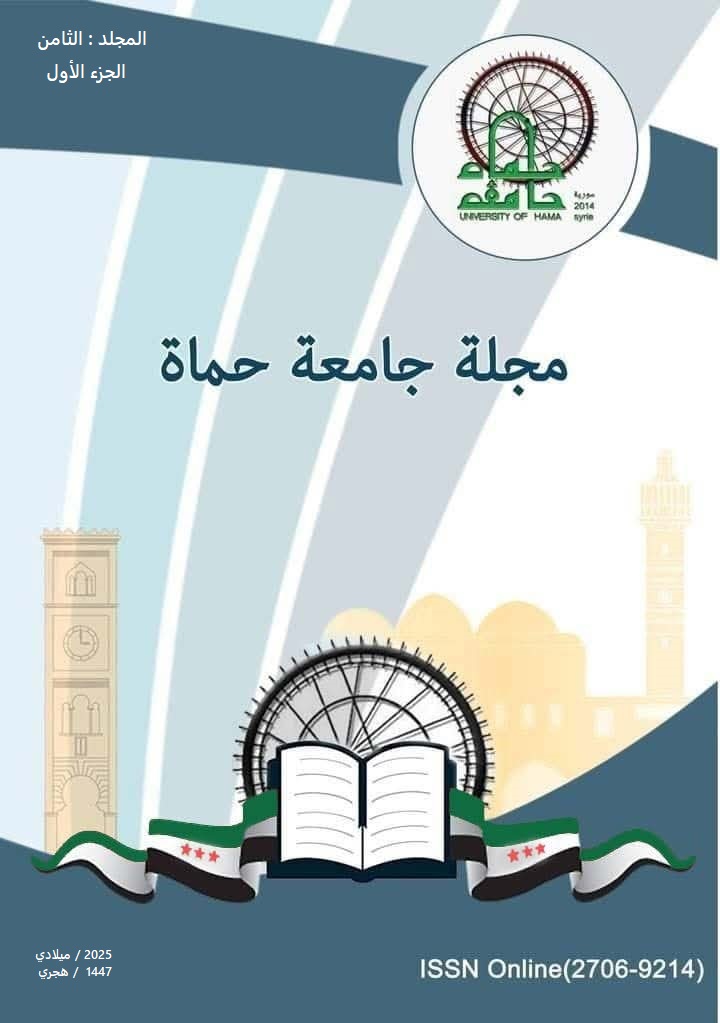Measuring the Difficulty of Achievement Test Items in Mathematics for Fifth Grade Students (A Comparative Study between the Classical Theory and the Item Response Theory)
الملخص
The current study aims to reveal the extent of the difference in the meaning that can be given to the latent trait through the degree that the individual obtains using both the traditional measurement theory and the item response theory according to the single-teacher model (Rasch model), by comparing the difficulty scores of the items for an achievement test designed to measure the abilities of fifth grade students in mathematics. To achieve the purpose of the research, an achievement test consisting of (25) test items was designed in the second unit of the mathematics book for fifth grade primary students, then it was applied to a sample of (100) male and female students after verifying the characteristics of its items according to the traditional theory and then according to the Item Response Theory. The order of difficulty coefficients was compared in light of each of the two theories. The results showed excellent consistency in the arrangement of the difficulty coefficients of the test items according to both theories, with the superiority in favor of the Item Response Theory by retaining a larger number of items than the traditional theory. In light of the results of the study, a set of proposals were proposed.


